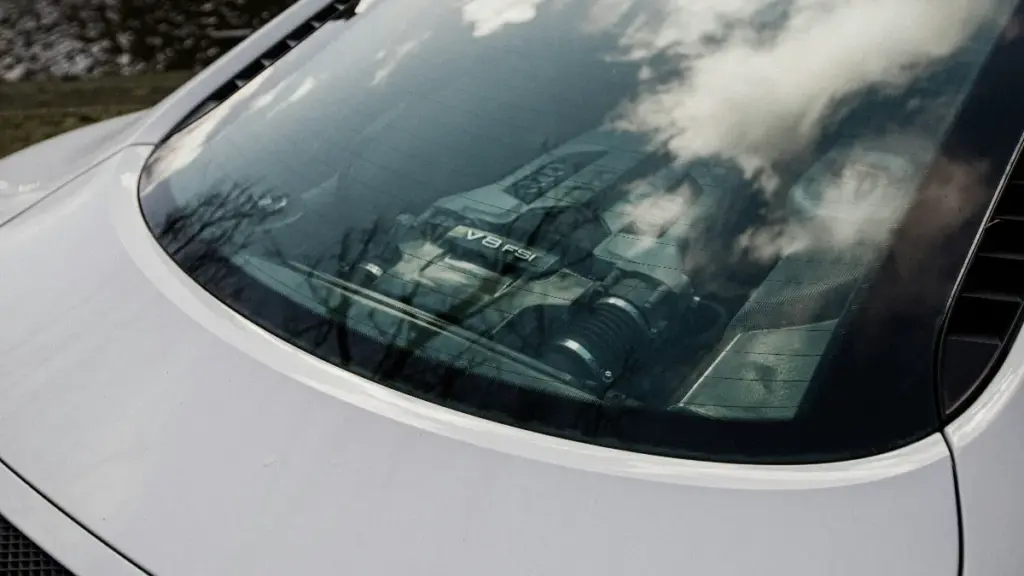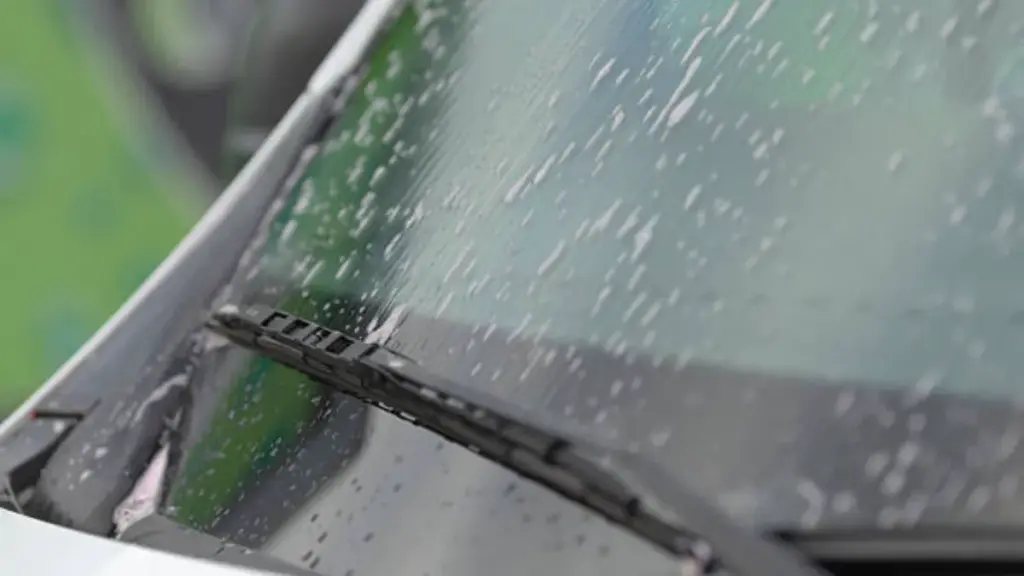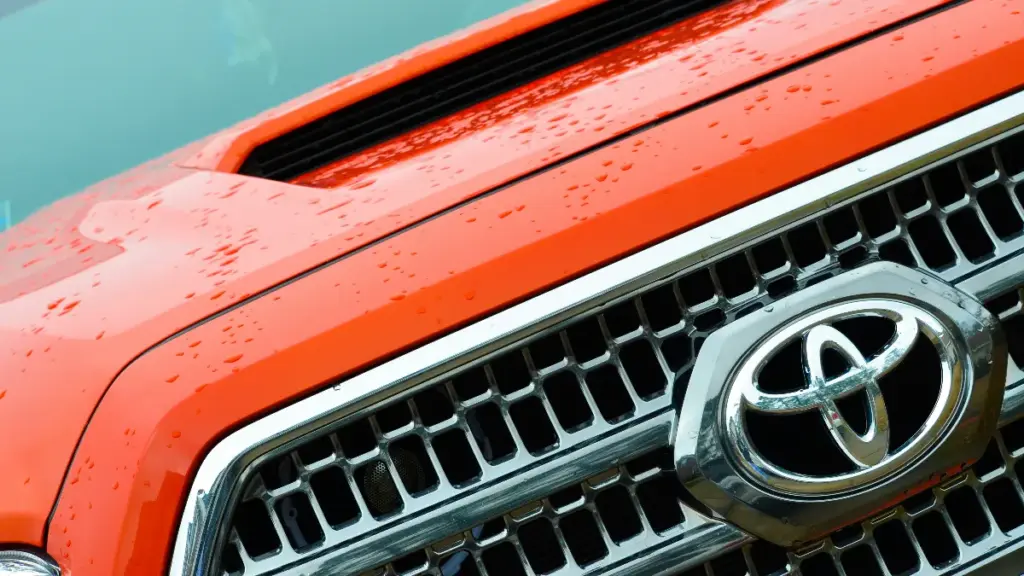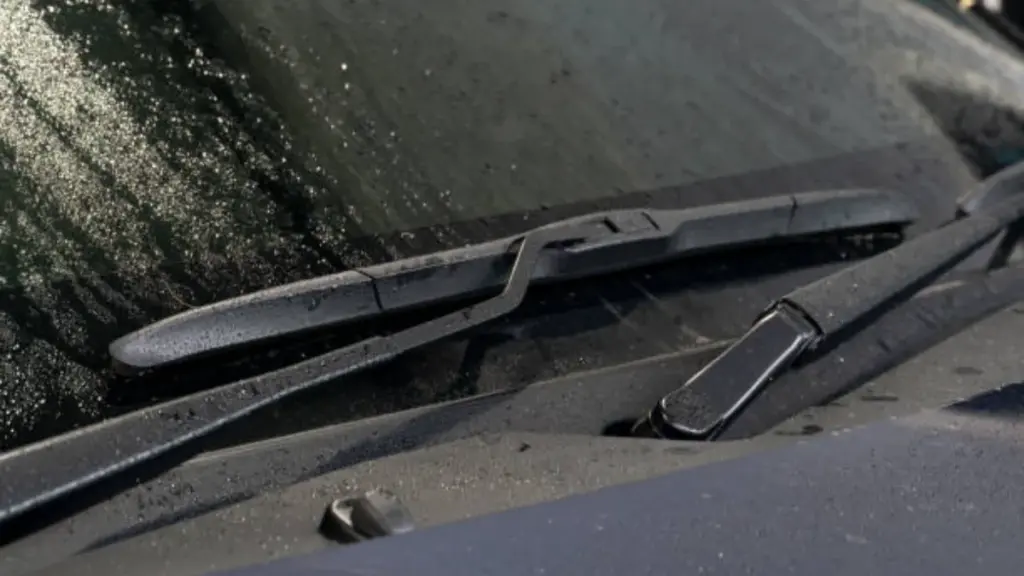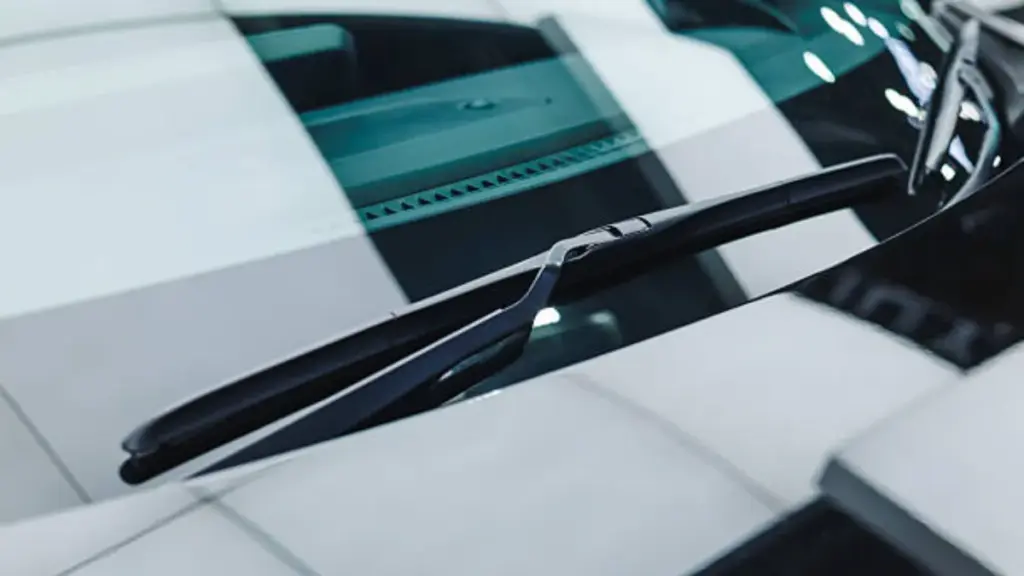Когда дело доходит до замены стеклоочистителей, Владельцев автомобилей часто остаются с общим вопросом: лучше ли лезвие стеклоочистителя, или есть варианты послепродажного торта так же хороши за меньшие деньги?
Эта статья рассматривает технический и объективный взгляд на ключевые различия между OEM (Производитель оригинального оборудования) и лезвие стеклоочистителя вторичного рынка, Оценка производительности, долговечность, приспособление, и ценность, чтобы помочь вам принять обоснованное решение.
Что такое лезвия стеклоочистителей OEM и чем они отличаются от вариантов вторичного рынка?
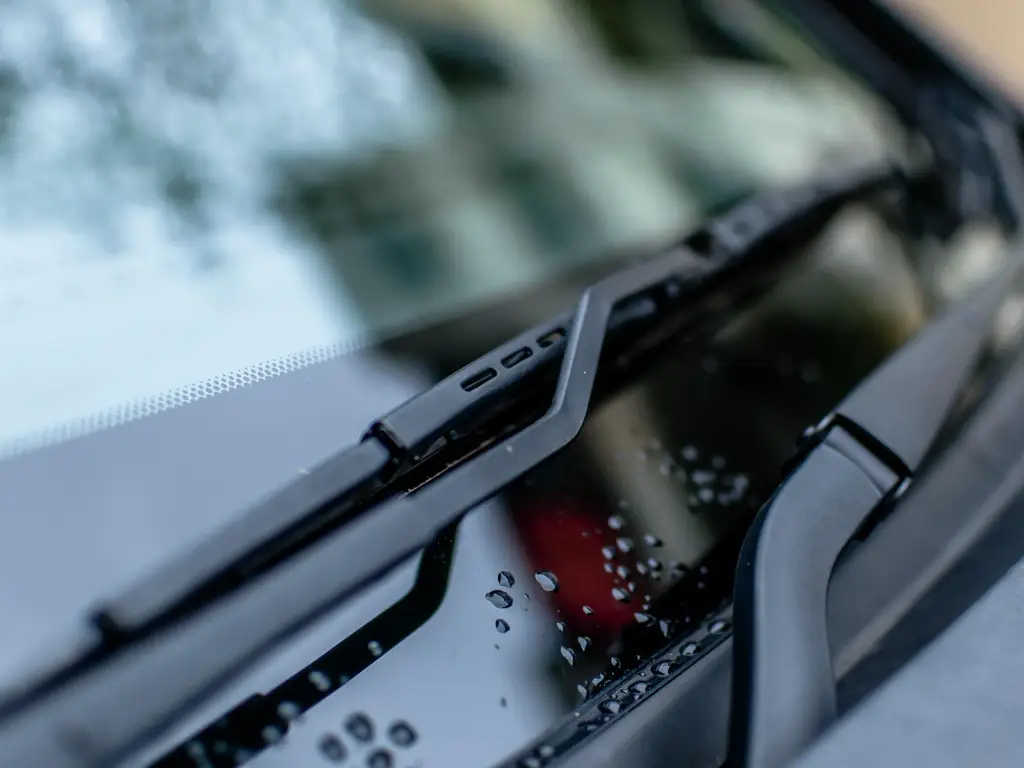
Клеки стеклоочистителей OEM - это те, которые производятся или одобрены оригинальным производителем транспортных средств, либо сделано внутри, либо поставщиком контракта, такого как Bosch, Валео, или Денсо. Эти лопасти разработаны специально для соответствия спецификациям вашего автомобиля, в том числе кривизна, монтажные системы, и схемы давления лезвия.
В отличие, Клетки стеклоочистителей вторичного рынка производятся сторонними производителями и продаются под различными брендами. В то время как некоторые варианты вторичного рынка универсальны, Другие специфичны для модели. Категория вторичного рынка включает в себя известные имена, такие как Bosch (Икона, Четкое преимущество), Дождь-х (Широта), Мишлен, и новые участники, предлагающие силиконовые или гибридные технологии.
Лезвие стеклоочистителя OEM против вторичного рынка: Производительность и стоимость по сравнению
| Коэффициент сравнения | OEM Wiper Blades | Клетки стеклоочистителей вторичного рынка |
| Вытирать качество | Заводской соревнование в лобовое стекло; согласуется с новыми установками | Варьируется от бренда; Премиальные типы (например. Bosch Icon) соответствовать или превышать OEM |
| Распределение давления | Система натяжения для конкретного транспортного средства; Даже контакт через лезвие | Универсальная подгонка может вызвать неравномерное давление; Типы лучей улучшают производительность |
| Материал долговечность | Натуральный каучук, Графитовый покрытый; Умеренное ультрафиолетовое сопротивление | Силиконовые или обработанные резиновые варианты обеспечивают более длительный срок службы и устойчивость |
| Шум и болтовня | Спроектирован для низкого шума; тихо, когда новый | Премиальные бренды снижают шум; Низкие типы могут с течением времени скрипеть |
| Погодная сопротивление | Подходит для общих климатических условий | Силикон & Лучевые лопасти работают лучше в снегу, лед, и экстремальная жара |
| Легкость установки | Идеально подходит; Адаптер не требуется | Некоторым нужны адаптеры; FIT варьируется в зависимости от модели и бренда |
| Резиновая вставка заменяется | Доступно для избранных моделей (НАПРИМЕР., Тойота, Хонда) | Редко поддерживается разработкой вторичного рынка |
| Средняя цена (Пара) | $30- 60 долларов | $20- 45 долларов в зависимости от бренда и типа |
| Средняя продолжительность жизни | 6–12 месяцев | 12–24 месяца для премиальных вариантов вторичного рынка |
| Лучший сценарий | Гарантийное покрытие, арендованные транспортные средства, Критические модели | Ежедневное использование, резкий климат, Затраты потребители |
Примечание: Ценовые и срок службы в таблице сравнения предназначены только для справки и могут варьироваться в зависимости от региона, ритейлер, и конкретное применение транспортного средства. Пожалуйста, проконсультируйтесь с первоначальным производителем или уполномоченным дистрибьютором, чтобы узнать самую точную и актуальную информацию.
Соображения производительности: Почему лопасти OEM часто дают превосходные результаты
Клеки стеклоочистителей OEM разработаны в сочетании с геометрией лобового стекла автомобиля, натяжение рук, и аэродинамический профиль. Их производительность не основана на общей совместимости, а на точке инженерии, что остается трудным для универсальных моделей вторичного рынка, чтобы последовательно воспроизводить.
Вытирать качество и последовательность
OEM-лезвия обеспечивают калиброванные на заводе углы вытирания и кривизны, Обеспечение оптимального стеклянного контакта по всей длине лезвия. Это минимизирует полосы и максимизирует видимость во время высокоскоростного вождения или сильных осадков. Клетки вторичного рынка могут использовать общие конструкции кривизны, приводя к неравномерному вытирке на более сложных ветровых стеклах.
Распределение давления
Каждое OEM -лезвие разработан с натяжными пружинами или спойлерами, соответствующими определенным характеристикам автомобиля. Это выравнивание поддерживает даже распределение давления и эффективную очистку по всему пути развертки. В отличие, Конструкции вторичного рынка - особенно универсальные типы - могут демонстрировать пробелы в контактном давлении, Особенно на кончиках лезвия.
Качество материала и долговечность
В то время как некоторые бренды вторичного рынка используют передовые материалы, такие как силикон, OEM-лезвия обычно используют высококачественный натуральный каучук с графитовым покрытием, который выполняется надежно в разнообразных климатах. Поставщики OEM часто проверяют устойчивость резины в соответствии с автомобильными стандартами для воздействия ультрафиолета, износостойкость, и стабильность температуры - предложение последовательного качества между производственными партиями.
Шум и гладкость
OEM -лезвия оптимизированы для тихой работы и сопротивления трепетания. Их аэродинамические контуры и точность установки уменьшают болтов. Многие лезвия вторичного рынка, Даже премиум, Требовать дополнительных адаптеров, которые могут поставить под угрозу посадку и вызвать нежелательный шум с течением времени.
Всепогодная надежность
OEM Wipers должны работать в глобальных климатических диапазонах, от скандинавских зим до муссонов Юго -Восточной Азии. Они подтверждены в контролируемых и реальных тестах, Вот почему лопасти OEM часто являются рекомендацией по умолчанию автомобильных инженеров для экстремальных условий.
В то время как выбранные лезвия вторичного рынка могут конкурировать с производительностью OEM в изолированных аспектах, OEM -лезвия последовательно превосходят по всему приспособлению точности, эксплуатационный шум, и единое качество вытирания.
Стоимость против. Ценить: Просто дороже, или более умный долгосрочный выбор?

При рассмотрении общей стоимости, включая приспособление, долговечность, и обеспечение продукта-лезвия OEM часто обеспечивают долгосрочные выгоды, которые оправдывают их цену.
Сравнение цены и продолжительности жизни
Цена и срок службы варьируются в зависимости от бренда: OEM -лезвия обеспечивают точную форму, но более высокую стоимость с более коротким сроком службы. Bosch и Rain-x Balance производительность и стоимость. Силиконовые варианты, такие как PIAA, длится дольше. CLWIPER обеспечивает качество уровня OEM по конкурентным ценам, Сделать его надежным выбором для сознательных затрат покупателей, стремящихся к увеличению долговечности.
Долгосрочная эффективность затрат
Хотя некоторые лезвия вторичного рынка предлагают длительный срок службы, Они часто требуют дополнительного оборудования, может ввести вопросы совместимости, или не хватает единого качества в партиях. OEM -лезвия, особенно те, которые от сертифицированных поставщиков, таких как Clwiper, обеспечить постоянное качество без риска несоответствия установки или механического компромисса.
Более того, Определенные системы OEM, особенно в японских моделях-замены только для резиновых вкладов., значительное снижение долгосрочной собственности. Например, а $10 Резиновое пополнение может продлить срок лезвия еще на 6–9 месяцев без замены всей сборки.
Гарантия и соблюдение безопасности
Использование компонентов, не являющихся OEM, может технически не аннулировать вашу гарантию, но для арендованных транспортных средств или контрактов с недостаточным обслуживанием, Придерживаясь OEM, обеспечивает полное соответствие. Что еще более важно, Лезвия стеклоочистителей поддерживают оригинальное поле для протирания, разработанное в Адас (Расширенные системы помощи водителю) Во многих новых транспортных средствах - снижение риска ошибок датчика во время дождя.
OEM -лезвия не «просто дороже» - они спроектированы для точности, при поддержке последовательного тестирования, и часто предлагают лучшую ценность жизненного цикла при рассмотрении нужного, Варианты обслуживания, и интеграция.
Установка и подгонка: Всегда означает ли OEM проще или лучше?
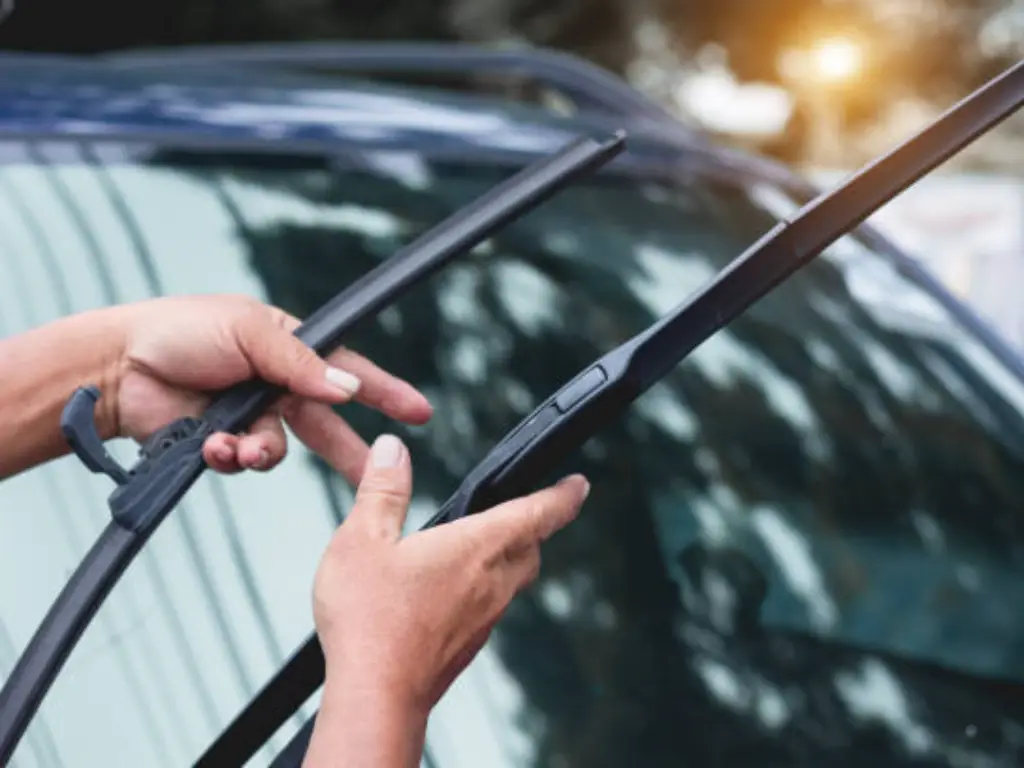
Когда дело доходит до замены лопастей стеклоочистителя, Простота установки и точность приспособления часто являются главными проблемами как для владельцев автомобилей, так и для техников.
Совместимость разъема
- Клеки стеклоочистителей OEM разработаны в соответствии с точным типом ARM определенной модели транспортного средства-будь то j-hook, приколоть, боковой замок, или верхний замок. Это обеспечивает установку подключаемой игры без адаптеров.
- Клинки после рынка часто полагаются на многоадаптерные системы для достижения широкой совместимости, что может привести к неправильному или свободному монтажу, если не выбран тщательно.
Простота установки
- OEM-лезвия обычно поставляются с предварительно подготовленными и требуют минимальных усилий или инструментов для установки,сделать их идеальными для быстрой замены, Даже непрофессионалами.
- Некоторые универсальные лезвия включают дополнительные шаги, например, выбор правильного адаптера и выравнивание его точно, что может привести к ошибкам пользователя или ошибок установки.
Кривиза стекла и распределение давления
- OEM -лезвия спроектированы для контура ветрового стекла автомобиля, приводя к оптимальному контактному давлению и однородной производительности протирания.
- Универсальные лезвия могут не соответствовать изогнутым ветровым стеклам, потенциально вызывает полосы, пропуск, или неэффективная чистка.
Соответствовать целостности и долгосрочной производительности
- OEM -компоненты изготовлены с более жесткими допусками, уменьшение вероятности вибрации, шум, или ослабление со временем.
- Плохие подходящие лезвия вторичного рынка могут изнашиваться быстрее или даже повредить механизм рук стеклоочистителя под напряжением.
Влияние на гарантию на автомобиль
- Использование лезвий OEM обеспечивает соответствие терминам гарантии транспортных средств.
- В отличие, Не сертифицированные варианты вторичного рынка могут поднять вопросы во время гарантийных претензий, Особенно для новых транспортных средств.
OEM-лезвия часто обеспечивают превосходную посадку и беспрепятственный опыт установки, но всегда ли они «лучшие» вариант, зависит от уровня технического комфорта пользователя и качества рассматриваемого бренда вторичного рынка.
Цепочка поставок OEM: Кто действительно делает ваши лопатки стеклоочистителей?
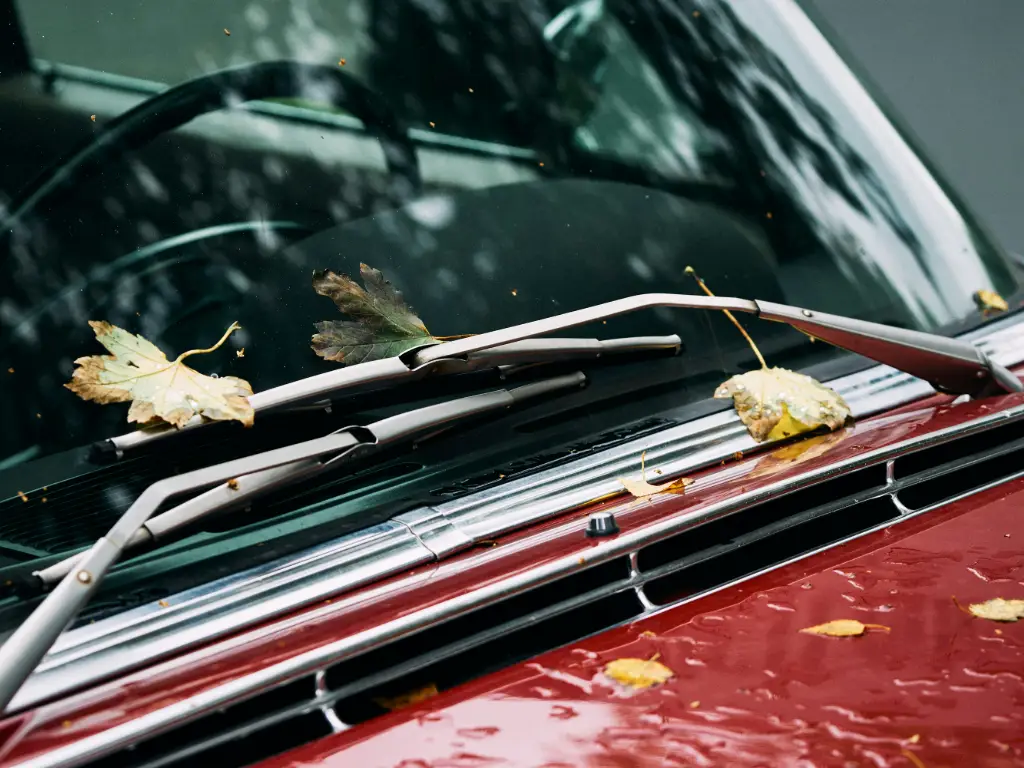
Понимание того, кто на самом деле производит лезвия стеклоочистителей OEM, показывает, почему некоторые продукты после рынка кажутся почти идентичными OEM, но различаются по обеспечению качества и совместимости.
Крупные поставщики OEM также производят продукты послепродажного обслуживания
Производители высшего уровня, такие как Bosch, Валео, и лезвия стеклоочистителей Denso напрямую для автопроизводителей. Эти же компании также производят версии вторичного рынка под собственными брендами. Однако, в то время как источник производства может быть таким же, спецификации, материалы, и процессы контроля качества часто корректируются в соответствии с различными ценообразованными и целями производительности.
Не все лезвия вторичного рынка действительно «независимы»
Многие дворники вторичного рынка продавались как “универсальный” или “премиум” являются, фактически, построенный в тех же объектах, что и лезвия OEM. Все еще, им может не хватать настройки в кривигу лезвия, дизайн спойлера, и резиновый состав состава - факторы, которые влияют на консистенцию и подгонка.
Окончательный вердикт: Лучше ли для вас лезвия стеклоочистителей?
Будь то лезвия стеклоочистителей лучше, в конечном итоге зависит от ваших конкретных потребностей, бюджет, и ожидания. Как OEM, так и высококачественные варианты вторичного рынка имеют свое место, но они служат разным приоритетам.
Выберите OEM, если:
- Вы хотите гарантированное приспособление без адаптера.
- Ваш автомобиль по -прежнему находится на гарантии или аренде.
- Вы ездите в сложных погодных условиях, где точность имеет значение.
- Вы цените спокойную работу и производительность на уровне фабрики.
Выберите второй рынок, если:
- Вам удобно идентифицировать совместимые модели и управлять установкой.
- Вы ищете долгосрочную ценность или специализированные функции, такие как силиконовые лезвия.
- Ваш автомобиль старше и больше не находится под соглашениями о обслуживании.
Для водителей, которые определяют приоритеты последовательности, интеграция, и надежность, OEM -лезвия остаются предпочтительным выбором.
КЛИППЕР предлагает прументные лезвия стеклоочистителей с силиконовым покрытием с отличной долговечностью. Каждое устройство включено в QC перед отправкой. Мы поддерживаем как OEM, так и настройку ODM для удовлетворения конкретных брендов потребностей. Наша команда отвечает внутри 5 минуты, Предоставление экспертной поддержки по выбору, установка, и послепродажная служба-пострадав от бесшовного опыта от запроса до доставки.
Выберите нас, может убедиться, что вы получите OEM и ODM Качество оценки по конкурентным ценам.

